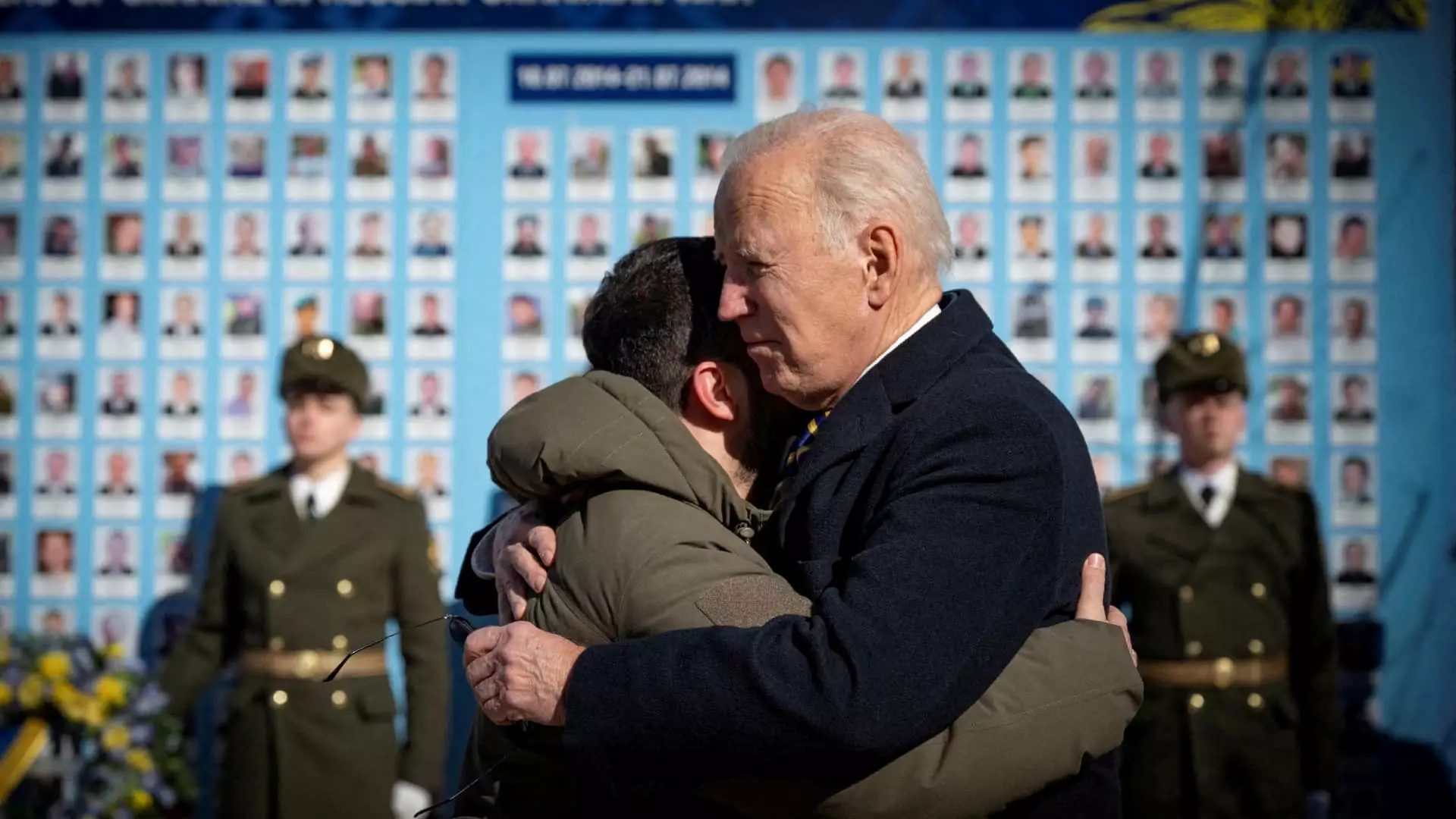The Biden administration’s newfound willingness to permit Ukraine to utilize U.S.-supplied weaponry for strikes within deep Russian territory marks a pivotal evolution in Washington’s approach to the ongoing conflict. Historically, the U.S. has maintained a cautious stance regarding the extent to which its military aid could be employed, largely aiming to prevent a direct escalation with Russia. However, sources indicate that this strategy is about to transform, as Ukraine gears up for its initial long-range attacks. This strategic shift reflects both the urgency of Ukraine’s predicament and the complexities surrounding international military support in high-stakes conflicts.
The Context of Change
This pivot comes in the wake of several critical developments, particularly Russia’s enlistment of North Korean troops to bolster its military ranks. This alarming escalation has alarmed both Washington and Kyiv, as it signifies Russia’s intent to intensify its military efforts. In light of this, Ukrainian President Volodymyr Zelenskyy has persistently urged the U.S. government to modify its policy concerning the use of military assets. By granting Ukraine greater latitude to target Russian positions beyond the immediate conflict zone, the U.S. intends to empower Ukraine to regain the upper hand in a combat scenario that has seen escalating challenges.
Operational Concerns and Tactical Implications
Despite operational details being closely guarded due to security concerns, it is anticipated that Ukraine’s first long-range assaults will involve ATACMS rockets, capable of striking targets over considerable distances. This raises a pivotal question about the intended aims of these strikes: whether they are primarily tactical—aimed at disrupting specific military operations—or strategic, designed to influence the overall dynamics of the war. Some officials in the U.S. have expressed doubts about the potential for such strikes to materially alter the war’s trajectory. However, the opportunity to strike deep behind enemy lines could bolster Ukraine’s negotiating power in potential future peace talks.
As President Trump prepares to take office, speculation mounts regarding his approach to military support for Ukraine. Known for his critical stance on the scale of U.S. aid to Ukraine, Trump poses a wildcard in the context of ongoing military strategy. It remains uncertain if he will choose to maintain Biden’s policy of looser restrictions or revert to a more conservative approach. On the other hand, some members of Congress are advocating for a relaxation of rules guiding weapon deployment to better facilitate Ukraine’s defense efforts.
Russia, for its part, has issued stern warnings, characterizing any loosening of limits on Ukraine’s military operations as a significant escalation. This underscores the delicate balance that Washington must navigate as it attempts to support Ukraine while avoiding an outright confrontation with Moscow. The decision to alter military support policies reflects not only the urgency of the current situation but also a broader recalibration of U.S. strategic priorities in Eastern Europe. As tensions mount and the conflict evolves, the ramifications of these decisions will likely resonate well beyond the immediate battlefield, shaping the future of international relations in the region for years to come.

Leave a Reply